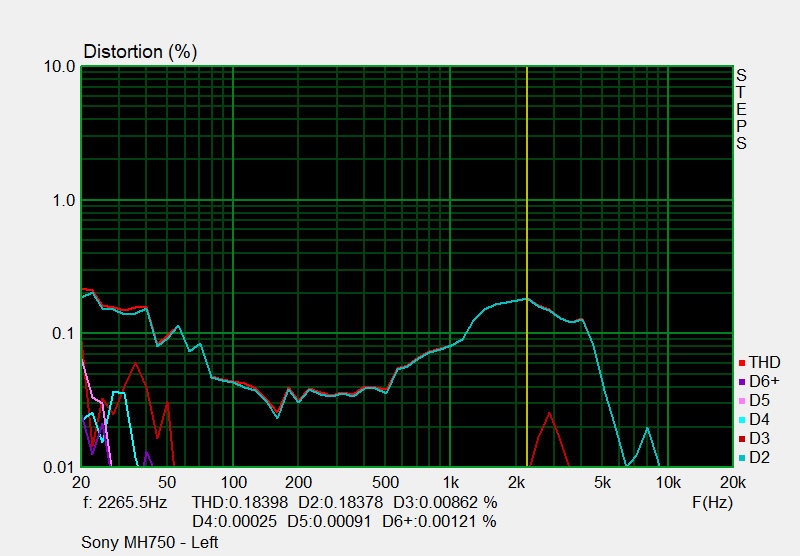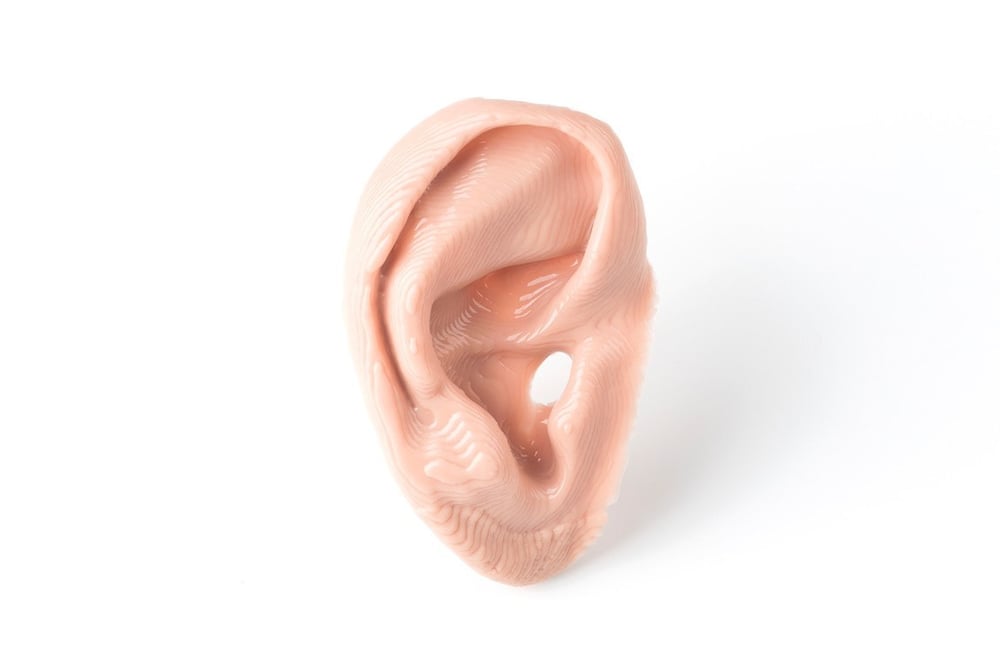Ok folks, I created a couple of different EQ's for the
AKG K371 that was measured by Amir in this thread from his results at this post:
https://www.audiosciencereview.com/forum/index.php?threads/headphone-measurements-using-brüel-kjær-5128-hats.15352/post-487178.
@BYRTT turned the graph in that post into data measurement points which I then plotted in REW and I then manually created the parametric filters in REW to fit the theoretical Harman Curve for the B&K 5128 mannequin (the Target Curve being a result of labour from
@Mad_Economist which he used the Chris Struck Method to calculate the Harman Target Curve). I chose AKG K371 because a friend on here has K371 so he can do some listening tests on it, otherwise I would have chosen a headphone I had too (I don't own any of the tested headphones).
First set is based on only one of the measurements, and that was the measurement that had the best bass response and which was closest to that which Oratory1990 measured. Here are the results, I tried to use as few filters as possible and tried to use the lowest Q values as possible, I didn't want to use sharp filters and I didn't do anything above 10kHz, no smoothing used on measurements:
Second set is based on an average of the remaining 4 curves, but I consider these bass measurements to be a little flawed in all of those because it was so far off from what Oratory1990 measured.....but interestingly these were the 4 curves that mirrored each other the most, but I still think they're not as valid as the EQ I showed you above.
Well that was a fun exercise, it'll be interesting to see what you think to the EQ's I've done. I think the first one is gonna be the most valid, but both probably worth trying.
(I created all of the filters manually)
(I'm a bit concerned above 10kHz how far the measurements are below the Target Curve, but above 10kHz is notoriously individual to each person in terms of measured response if you were gonna measure your own ear above 10kHz for example.....and it would need a ridiculously massive High Shelf Filter boost above 10kHz to match the target, so that's not reasonable, and therefore also suspect I think, hence I didn't do that.)


